
Support Team
Feedback:
support@nextpcb.comHow to Judge the Quality of PCB at a Glance? When we get a PCB board, how can we judge whether its quality is good or bad? We can start from the following four aspects:
First, check the silkscreen of the board. High-quality PCB screen printing is very clear and very three-dimensional. And solder resistance ink is smooth and uniform.
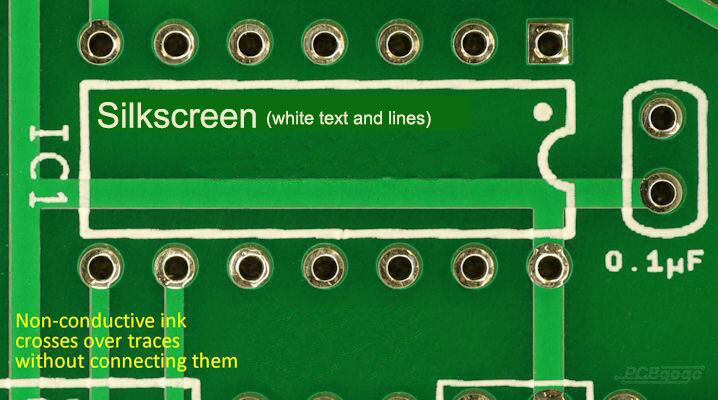
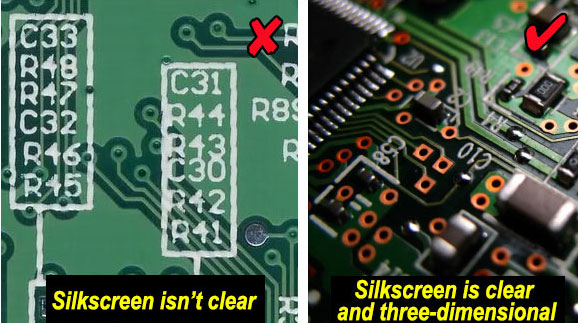
Second, check the PCB pad finish. If it is a spray tin plate, examine whether the spray tin is smooth and whether the IC foot position is neat.
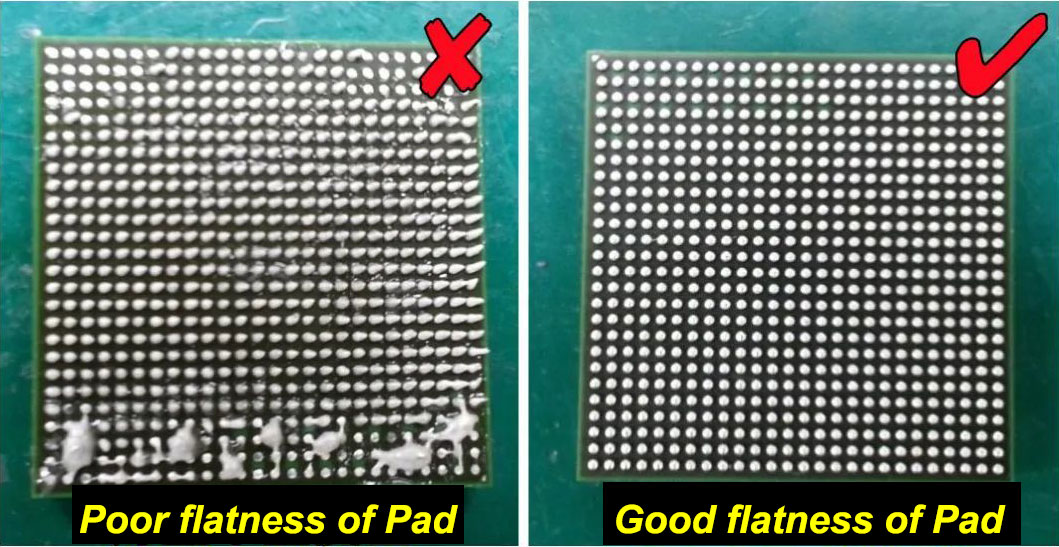
When the PCB manufacturer with good quality handles and optimizes the BGA pad, the via hole will be treated with special treatment. And the exposure is also part exposure to ensure accurate alignment so that the BGA is full and round.
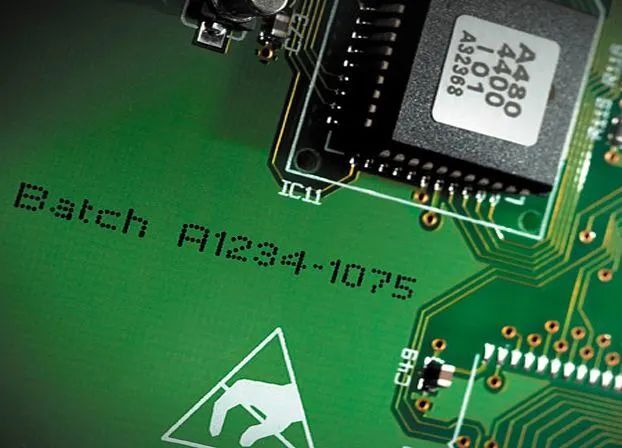
Fourth, check the ink on the board. A good circuit board factory will choose reliable ink brands, and pay great attention to the printing and baking process. The ink is a permanent protective film of PCB, which can protect the line from being easily wiped and damaged. There is no short circuit when insulating, and it is heat resistant, and moisture-proof, preventing solder from adhering to the line and salt spray prevention.
For a reliable circuit board, the ink will be relatively thick. According to the IPC standard, ink thickness needs to be not less than 20μm. If the solder ink is too thin it will lead to the copper exposure line; The factory with the low process will also have problems such as IC bridge shedding, ink foaming, oil shedding, and plug holes not being full and transparent.
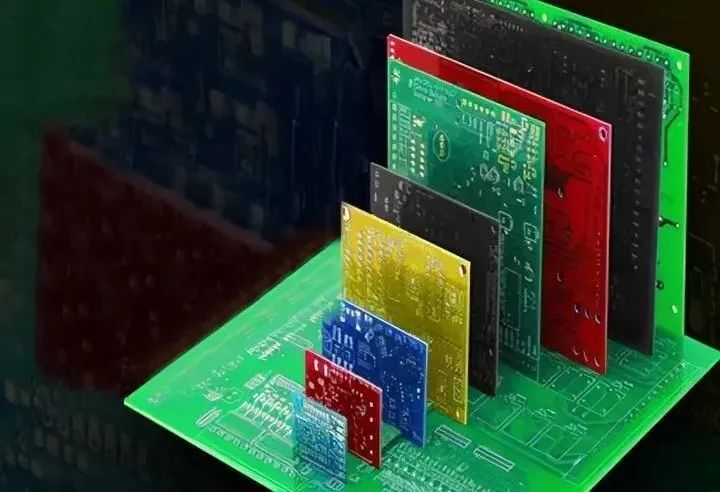
At present, the most famous ink manufacturers in the world are TAIYO, Onstatic, Rongda, KuangShun, etc. TAIYO PCB ink is the best ink from the visibility and quality of ink, its largest advantages: not easy to drop oil, and can be without discoloration by reflow after 3 times. NextPCB is using the TAIYO ink to maintain consistent high-quality PCB manufacturing.
Still, need help? Contact Us: support@nextpcb.com
Need a PCB or PCBA quote? Quote now